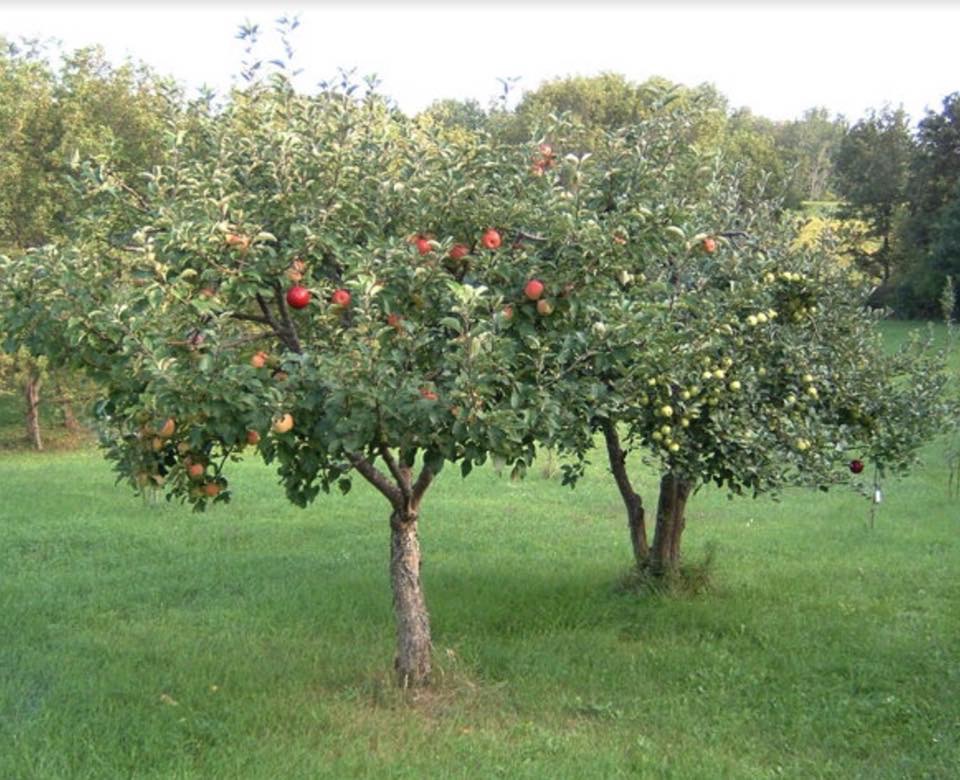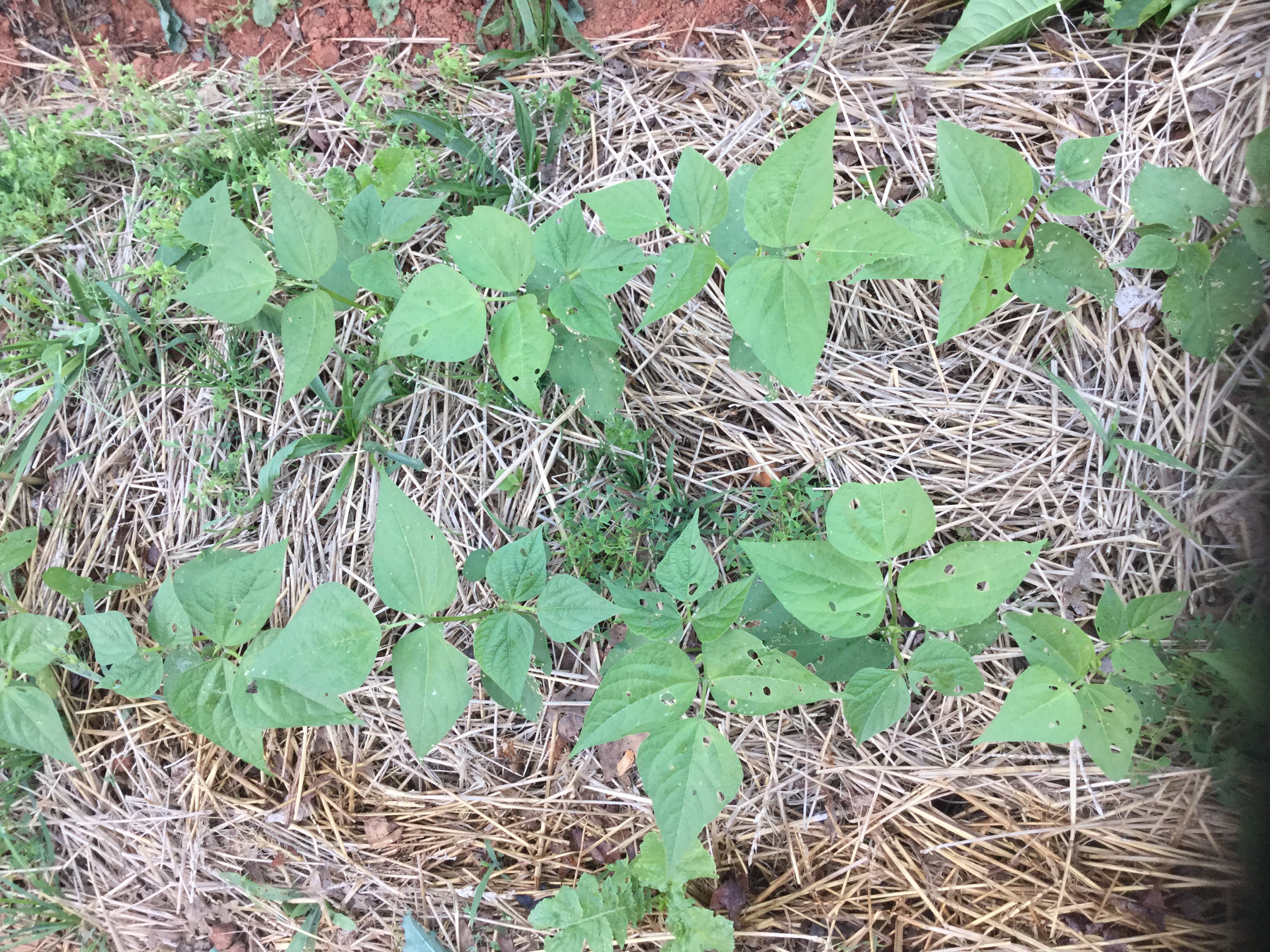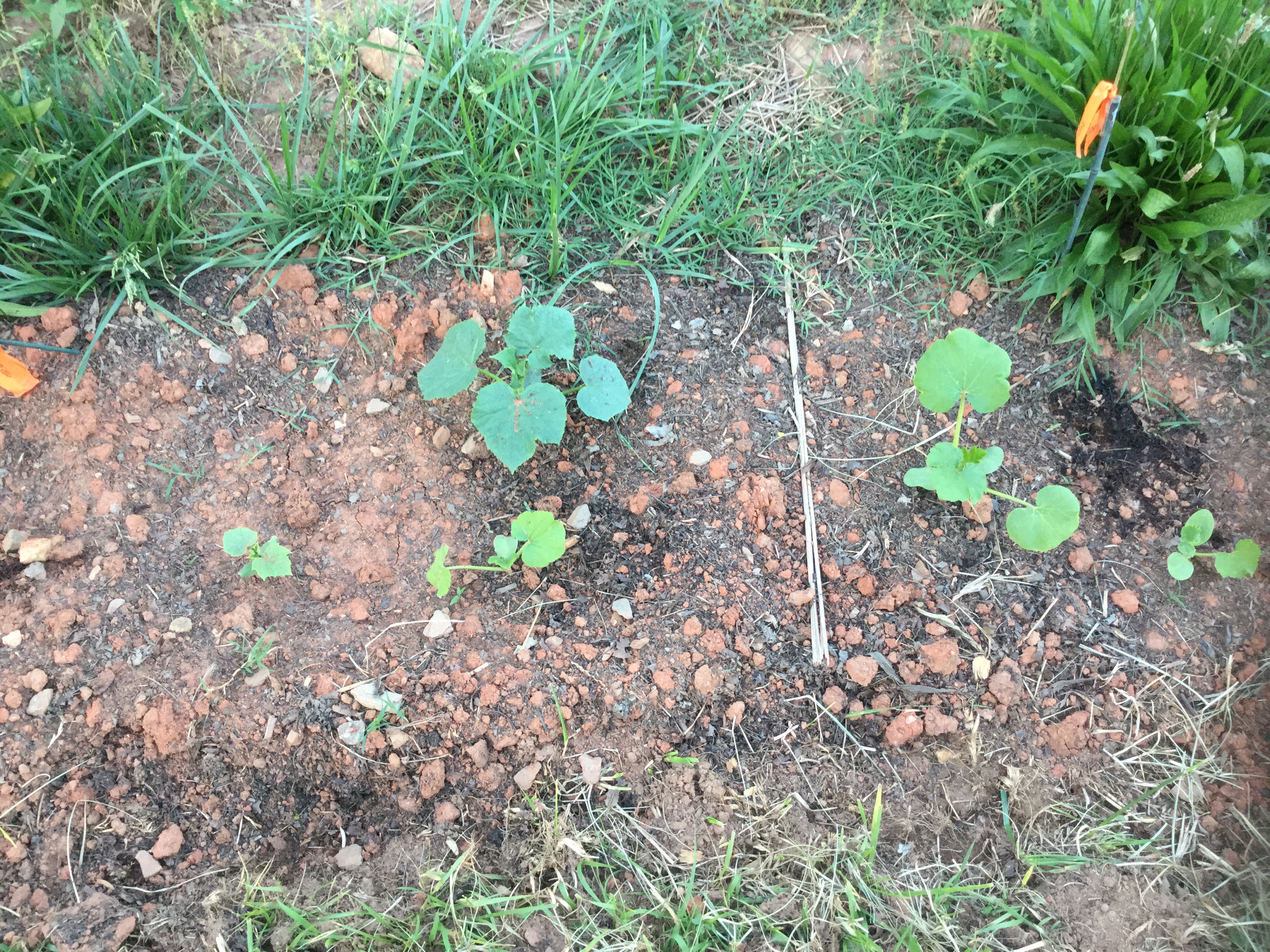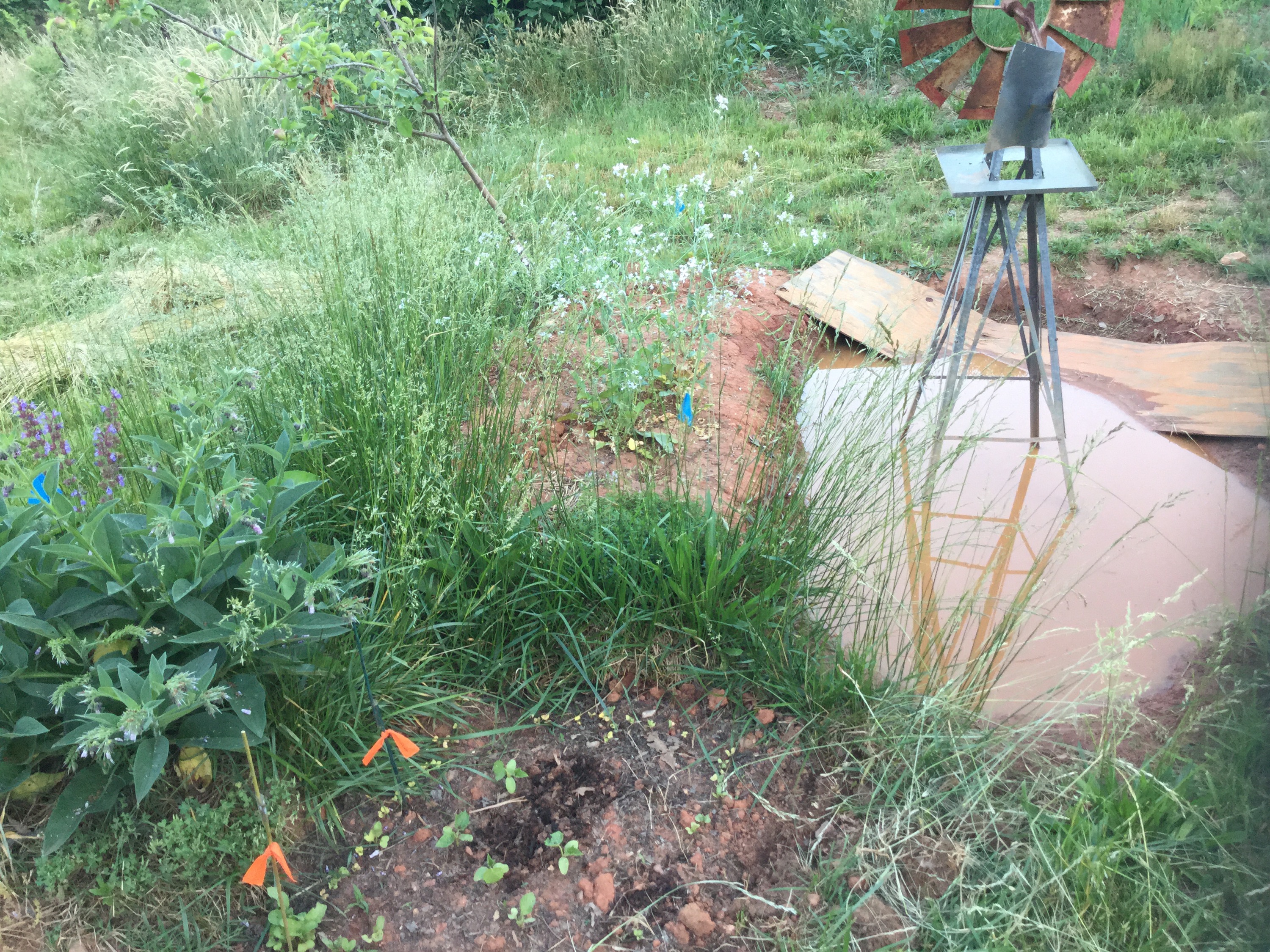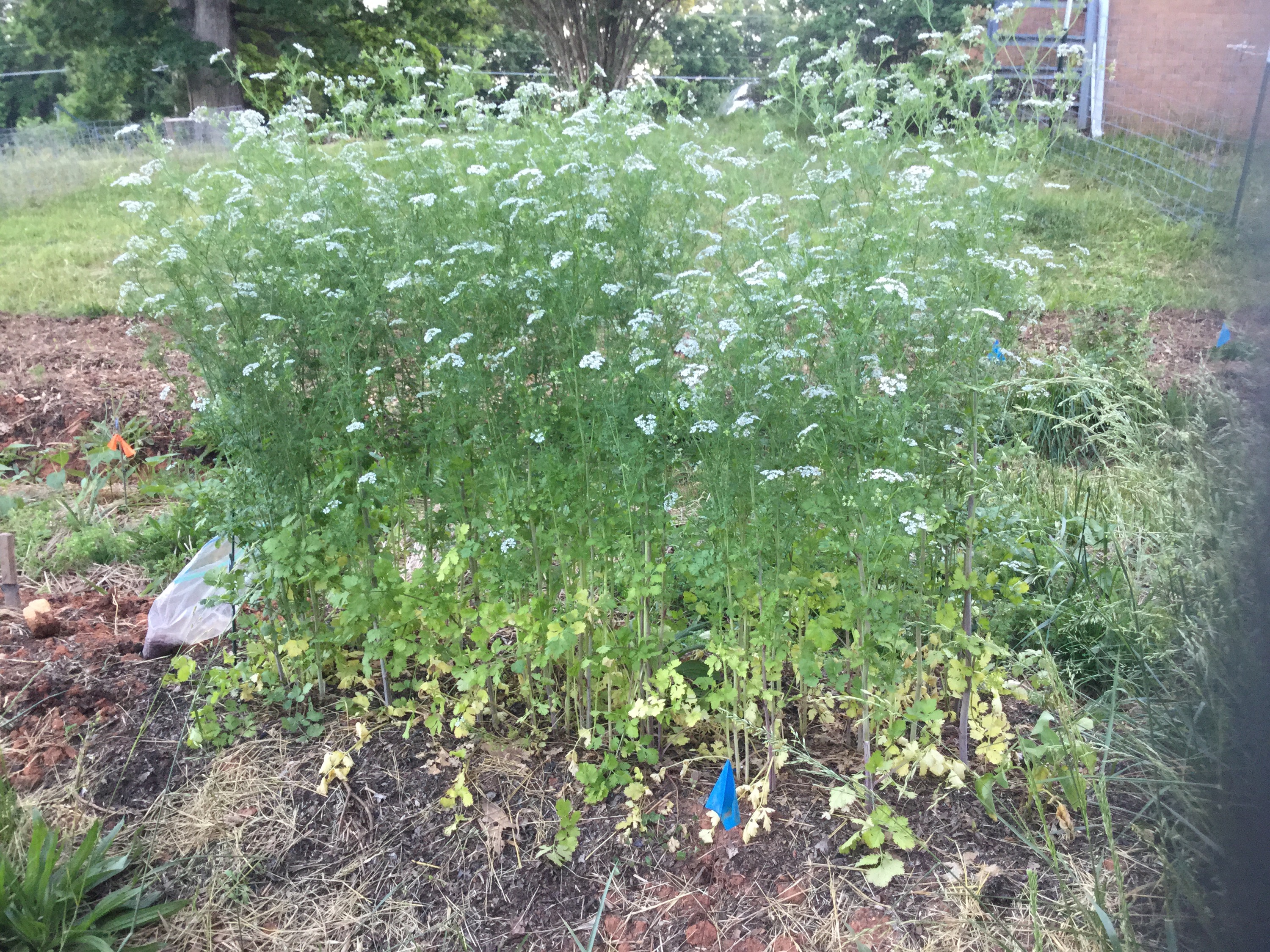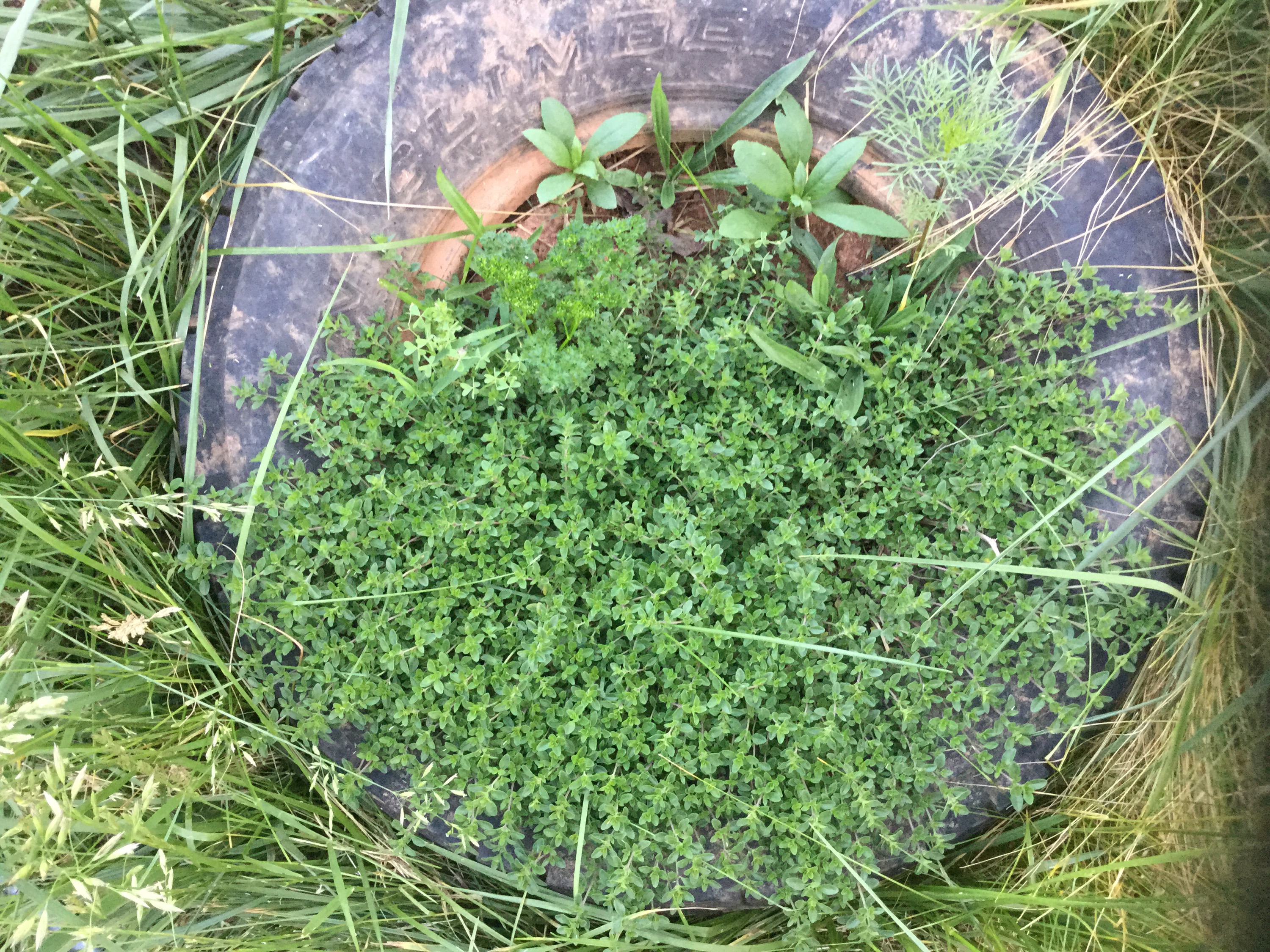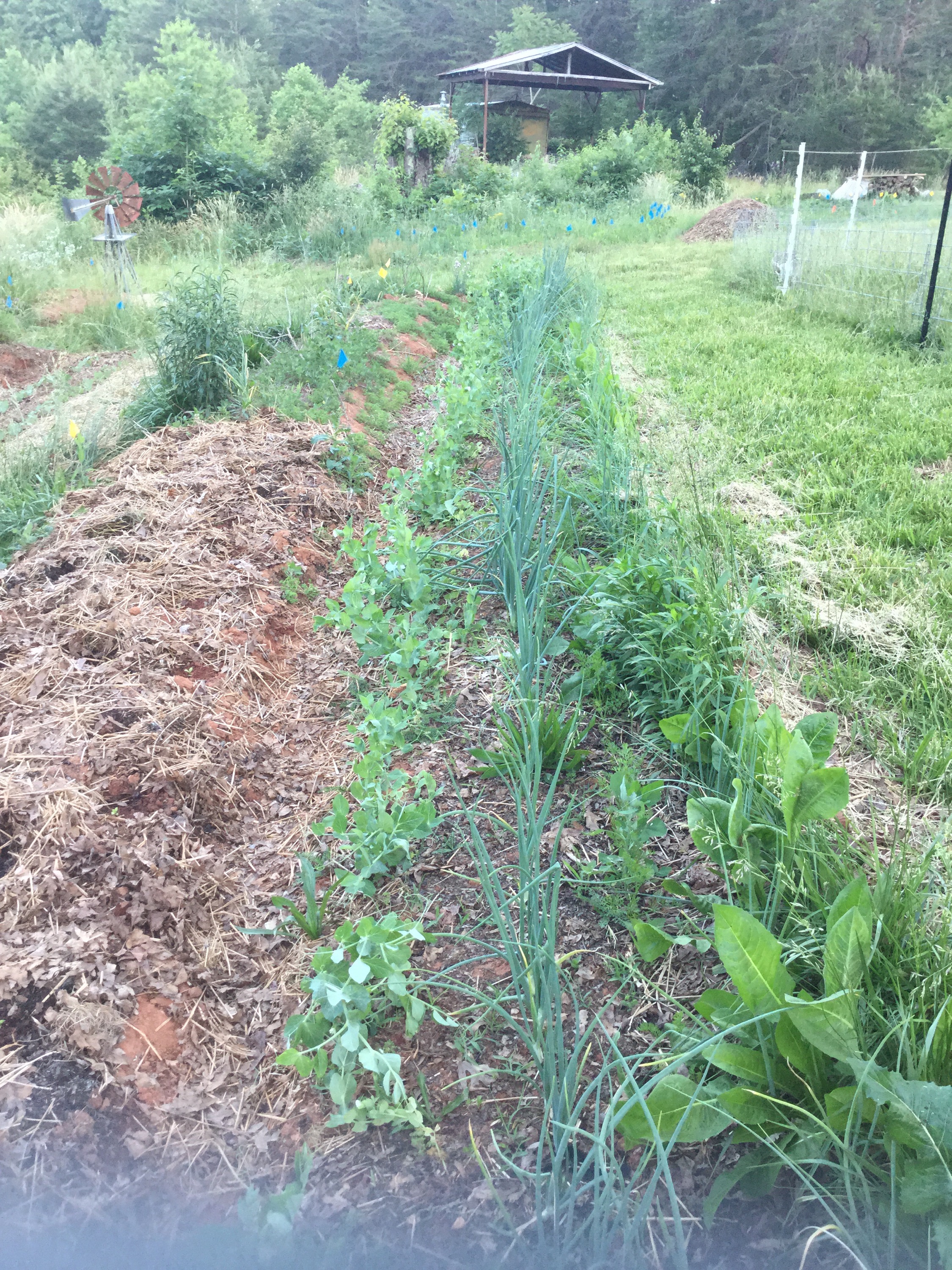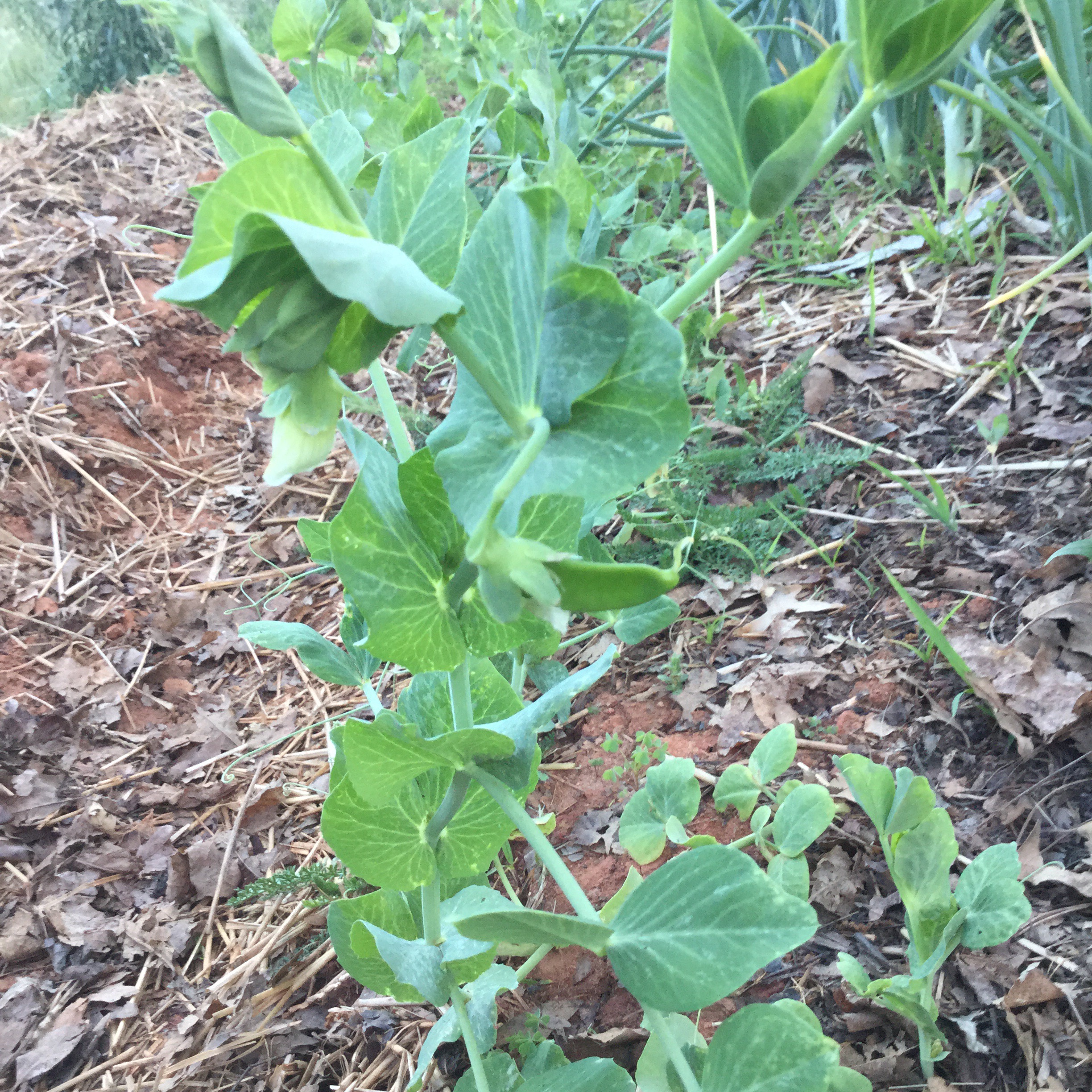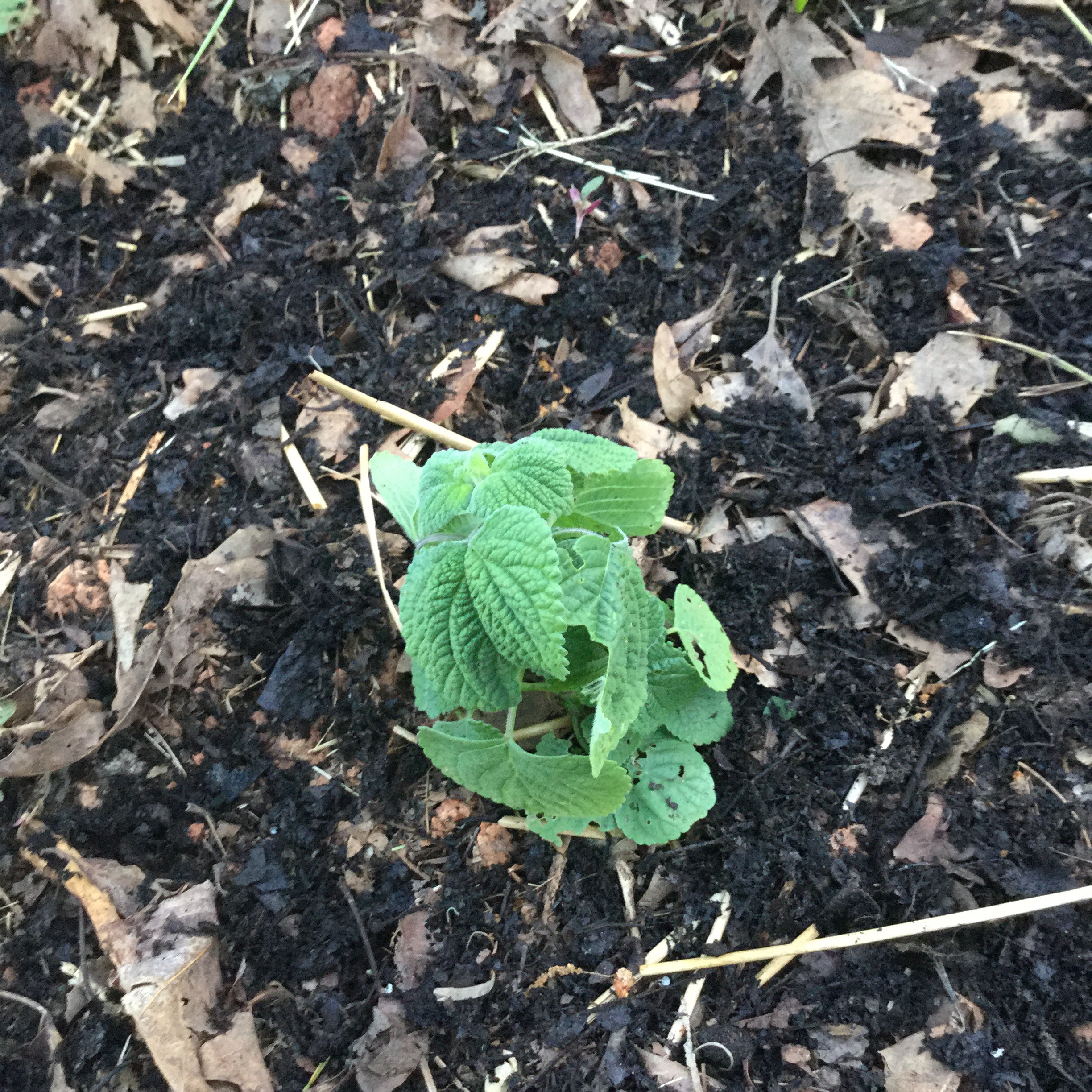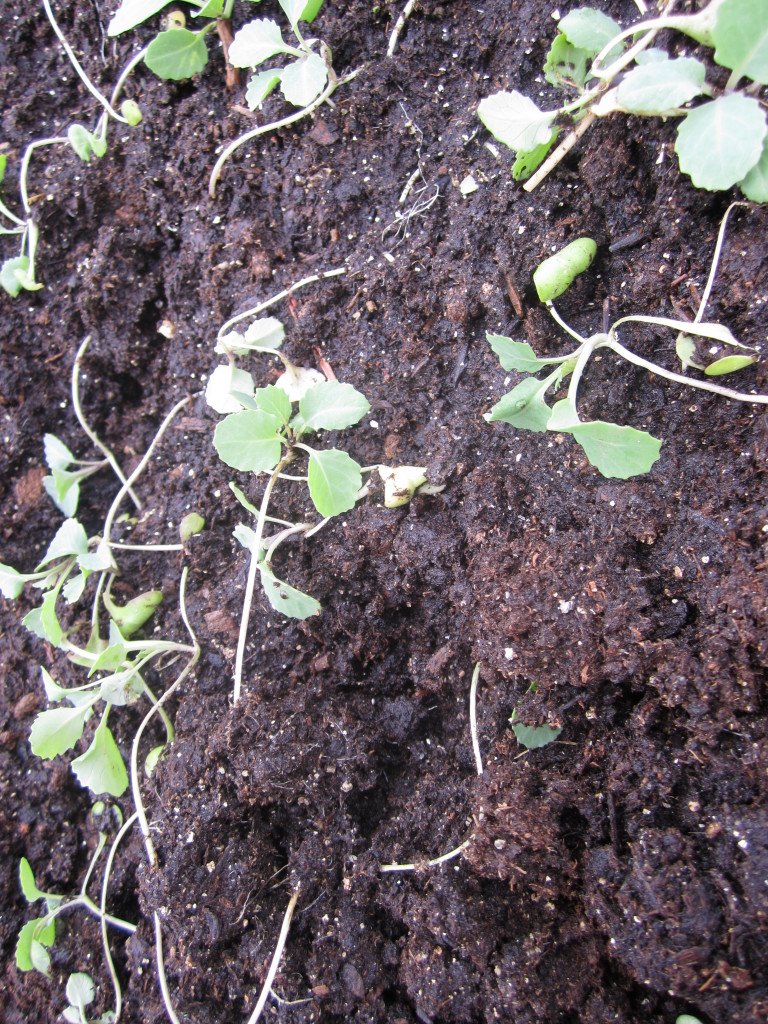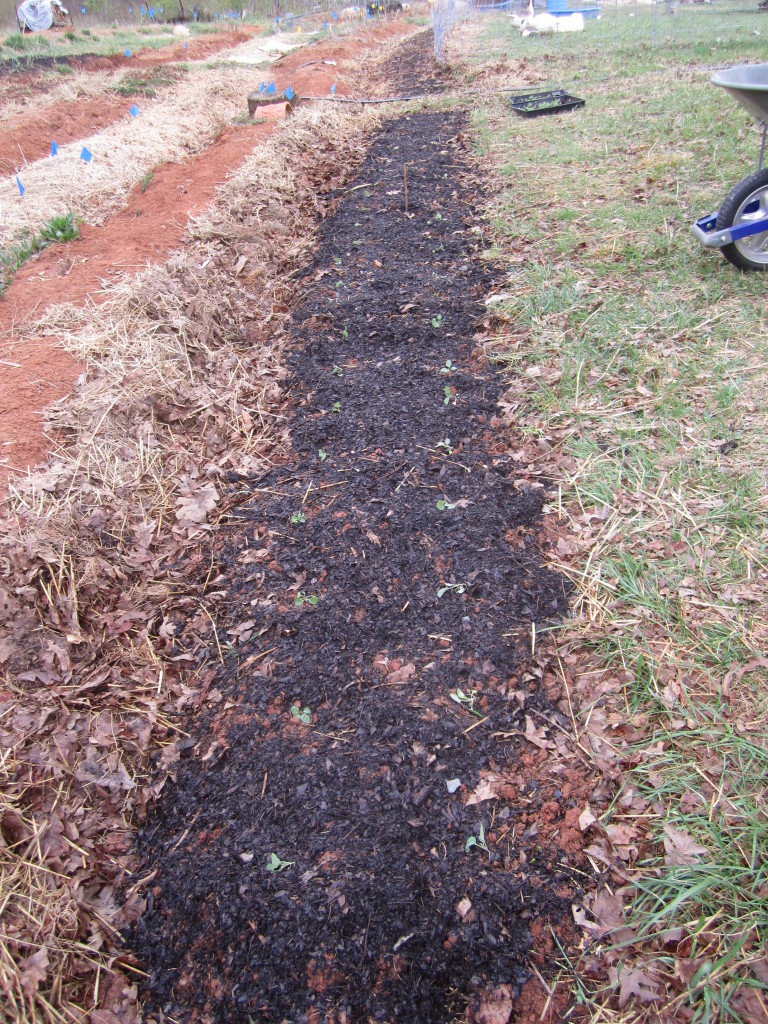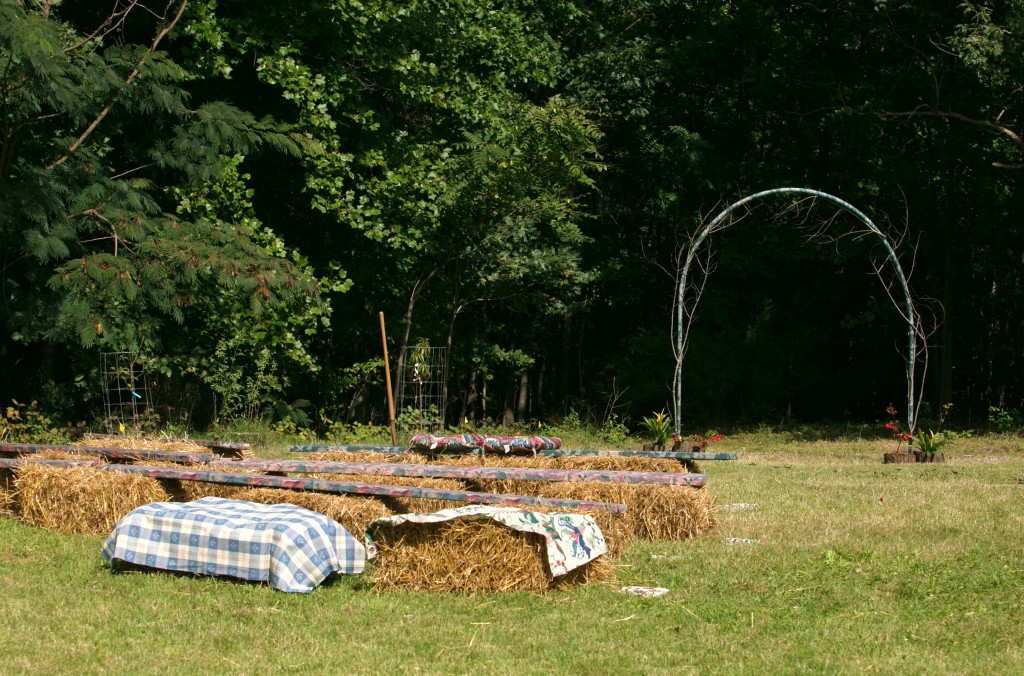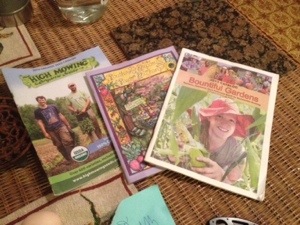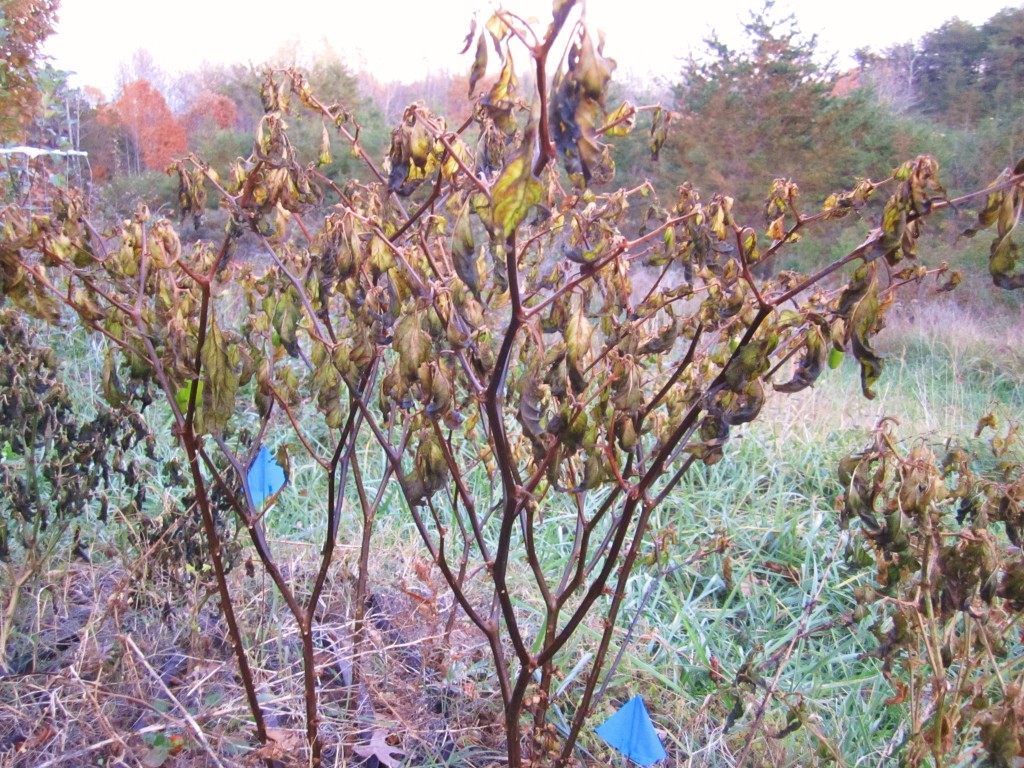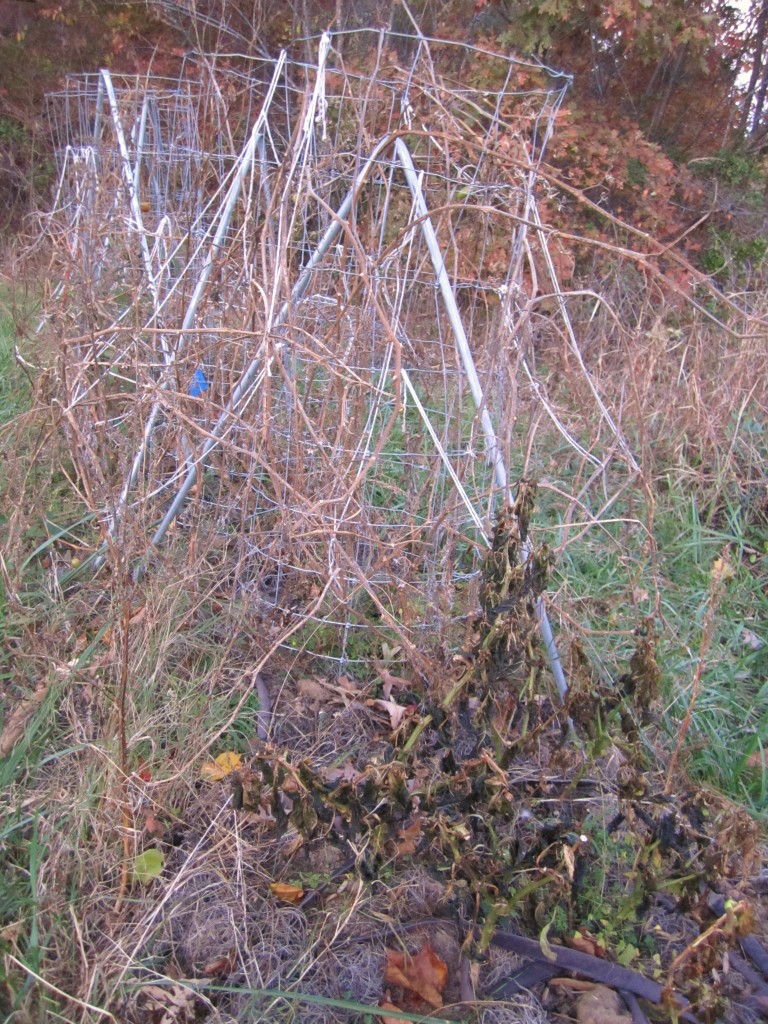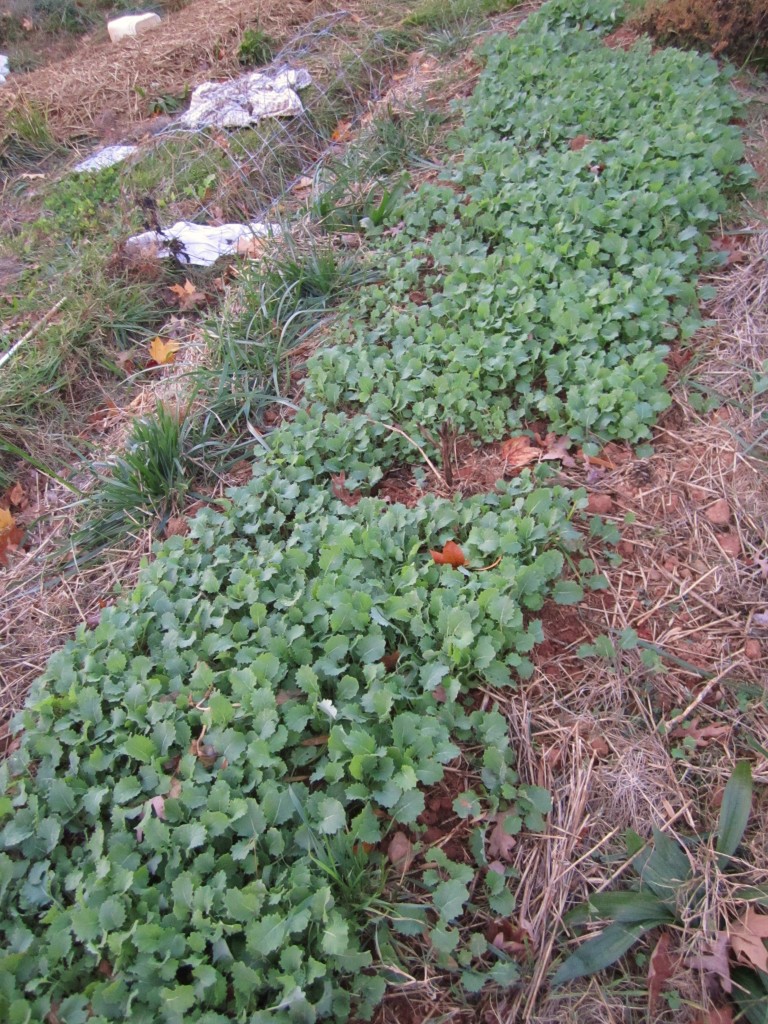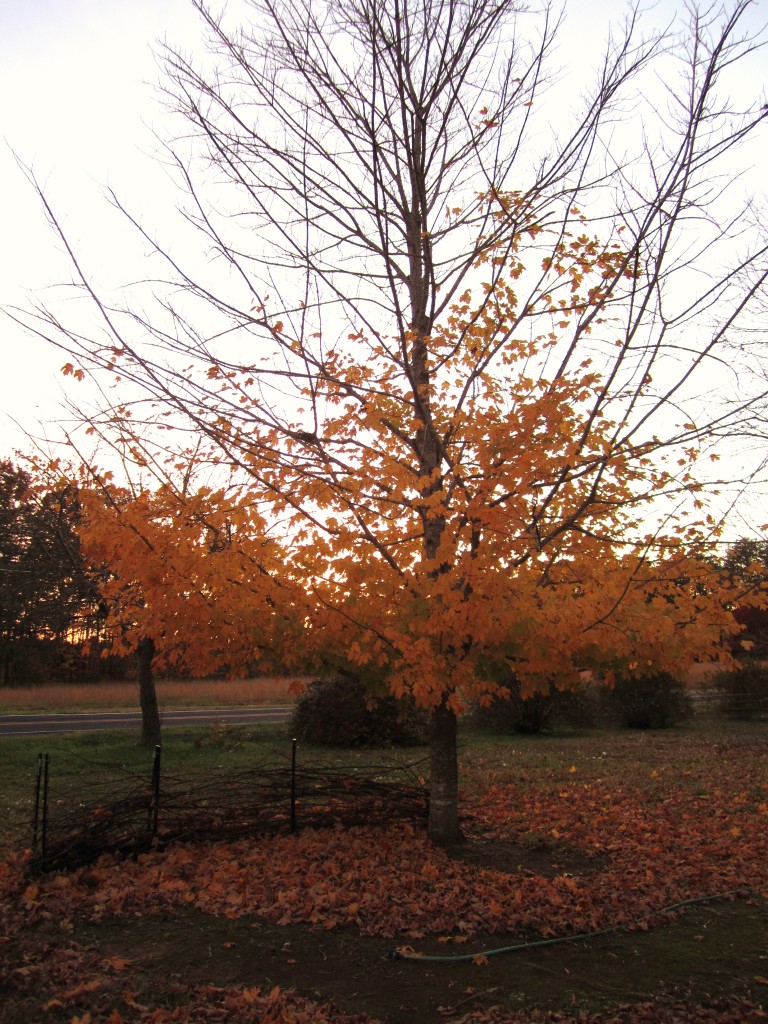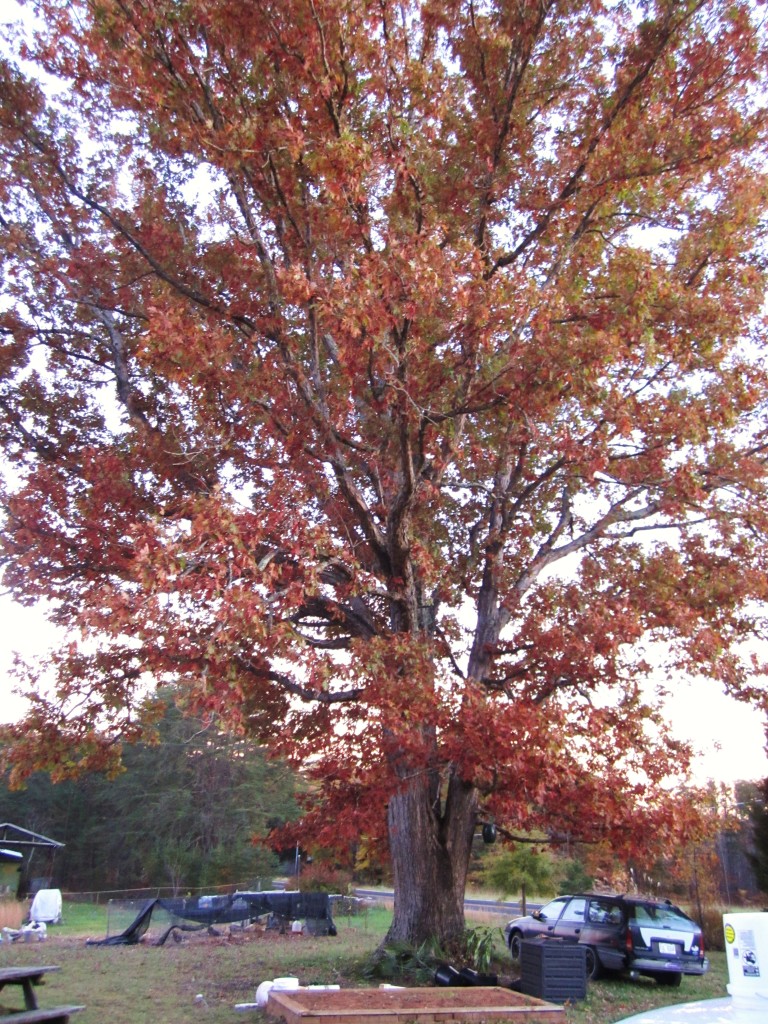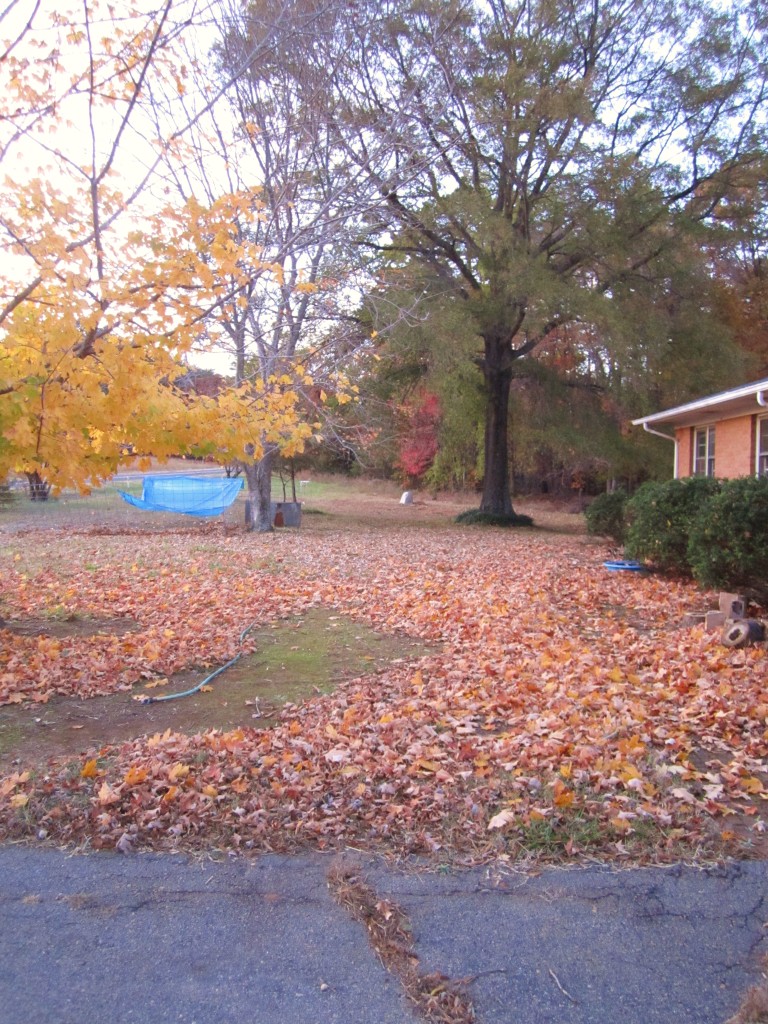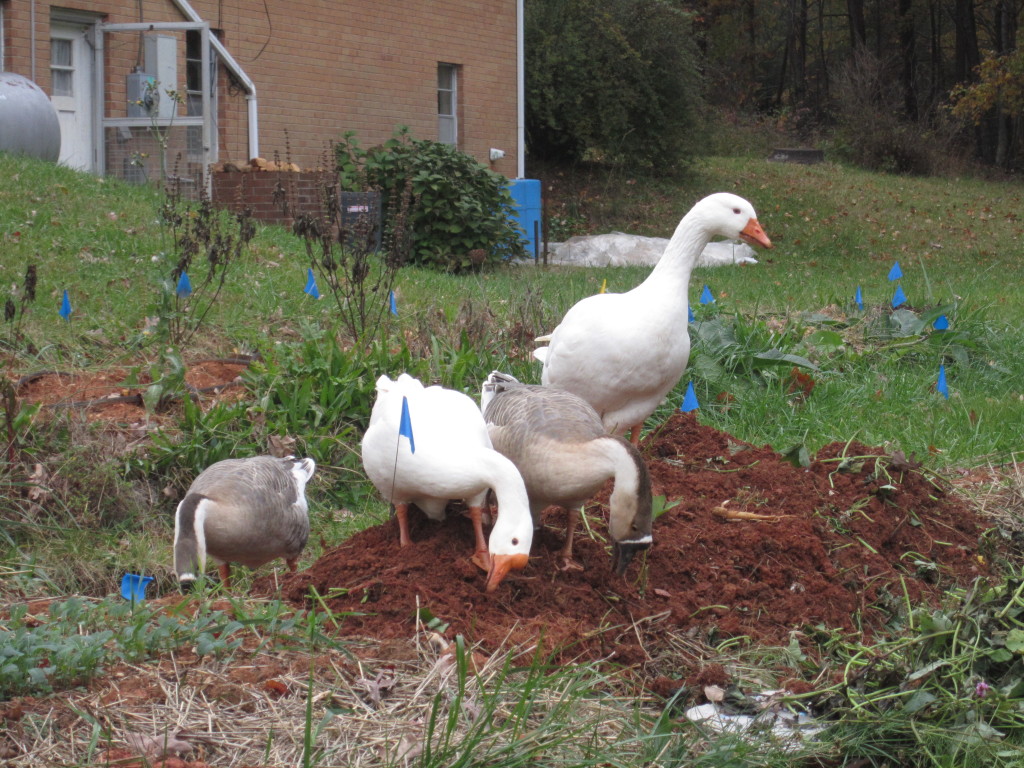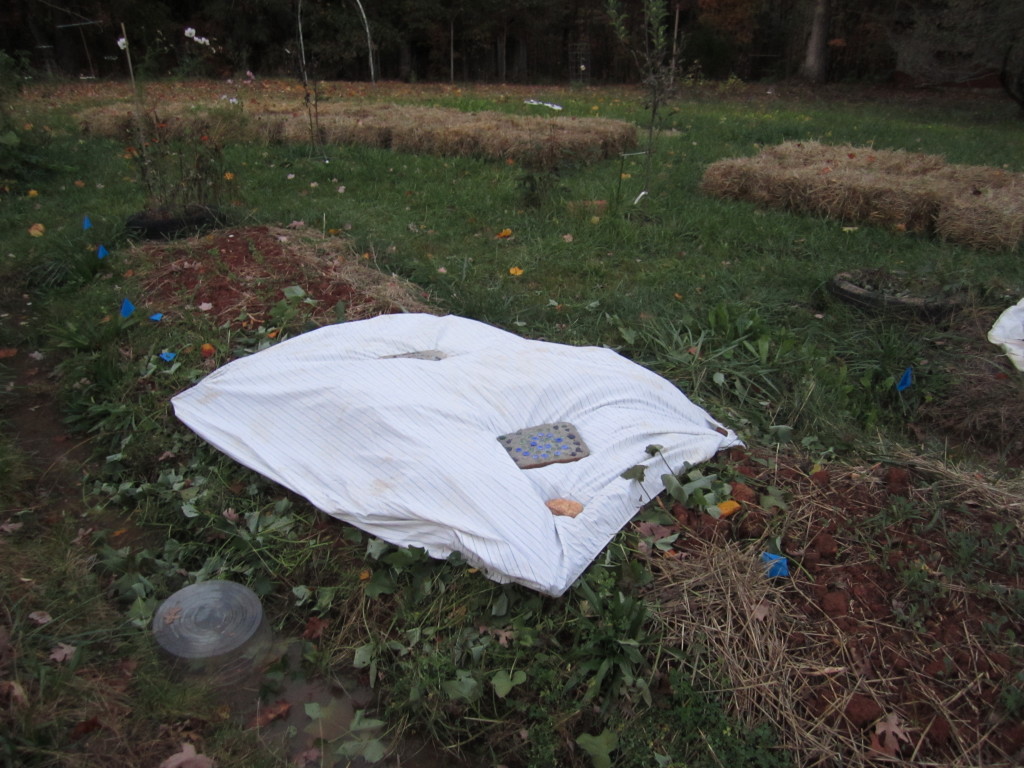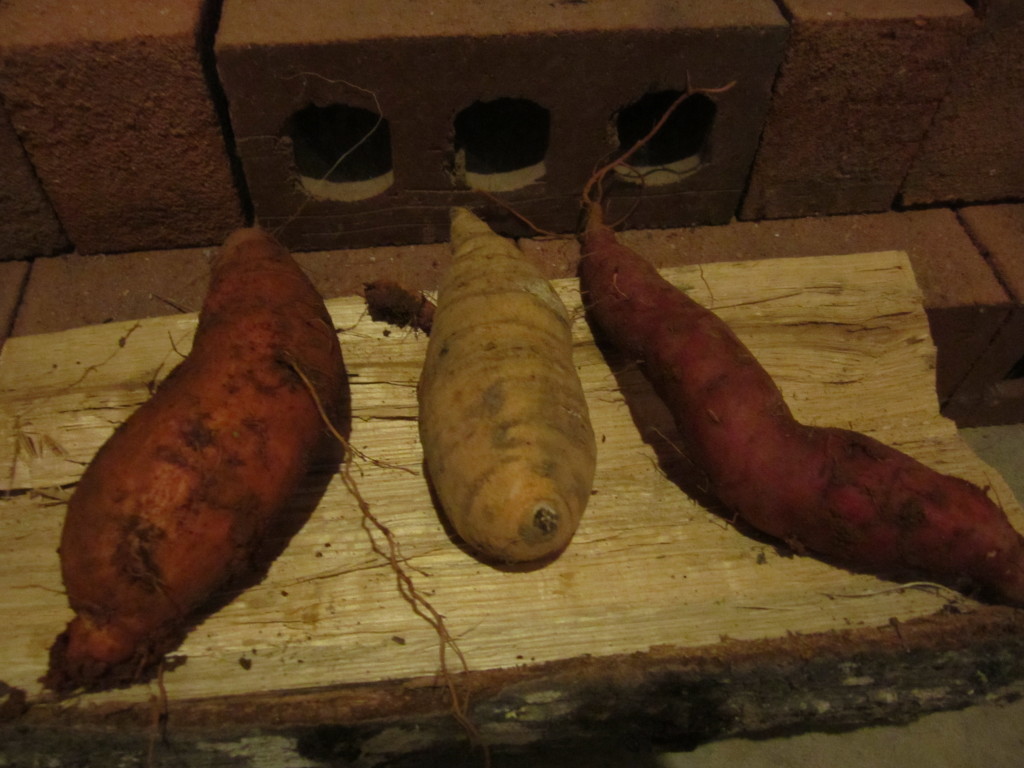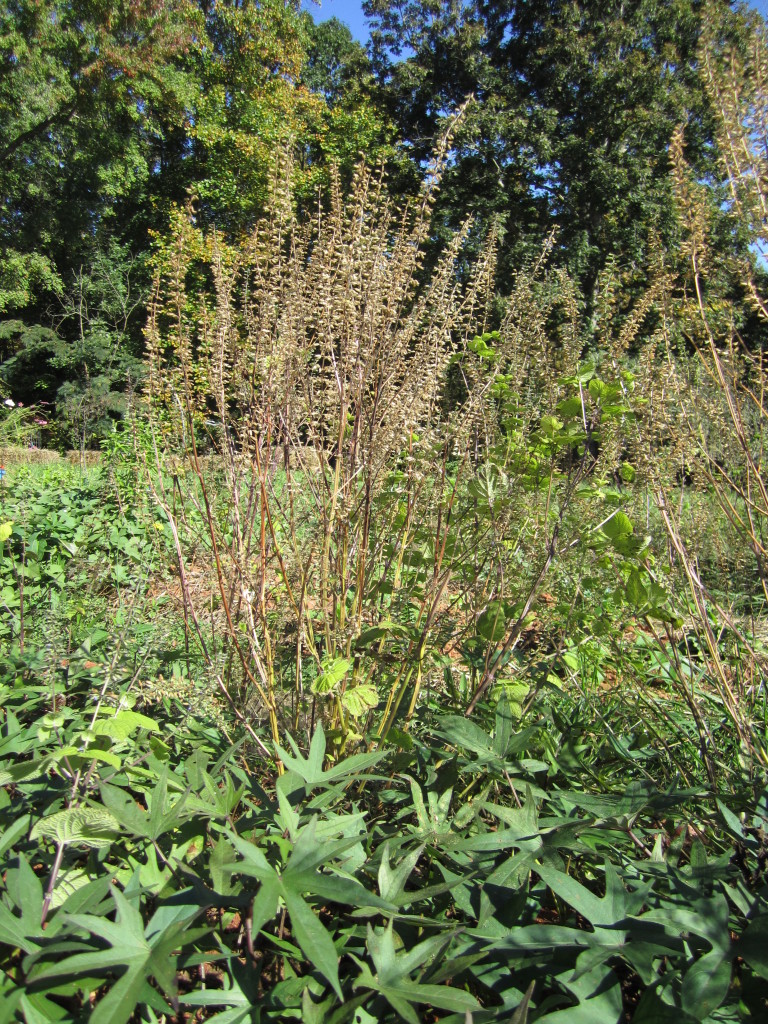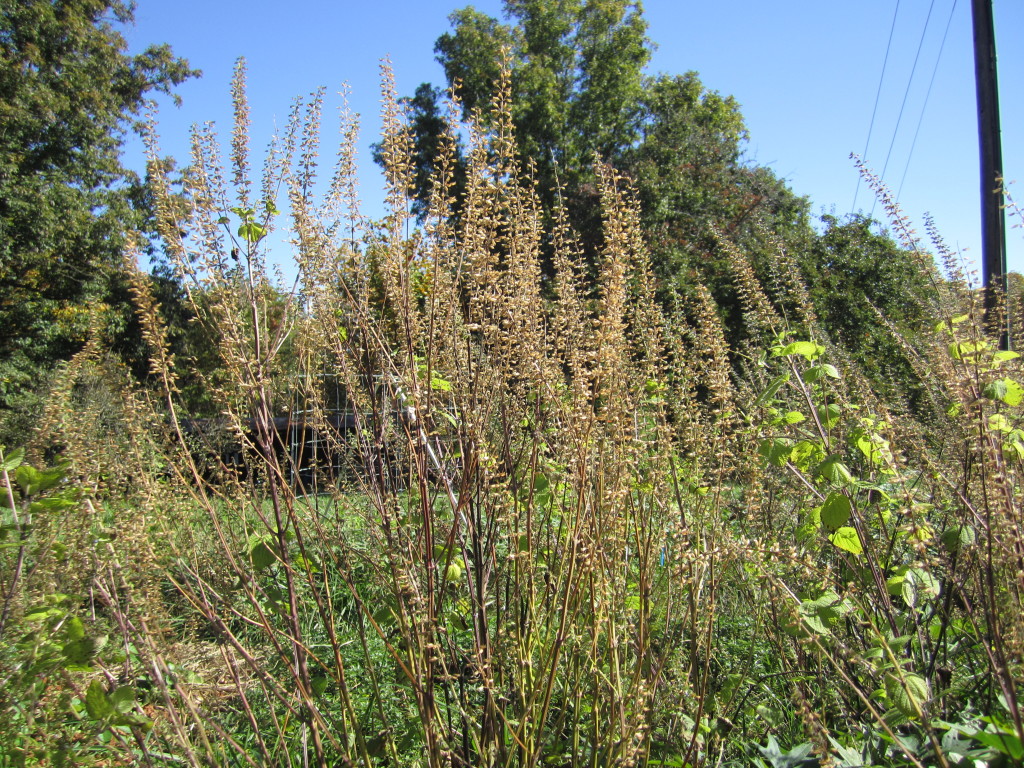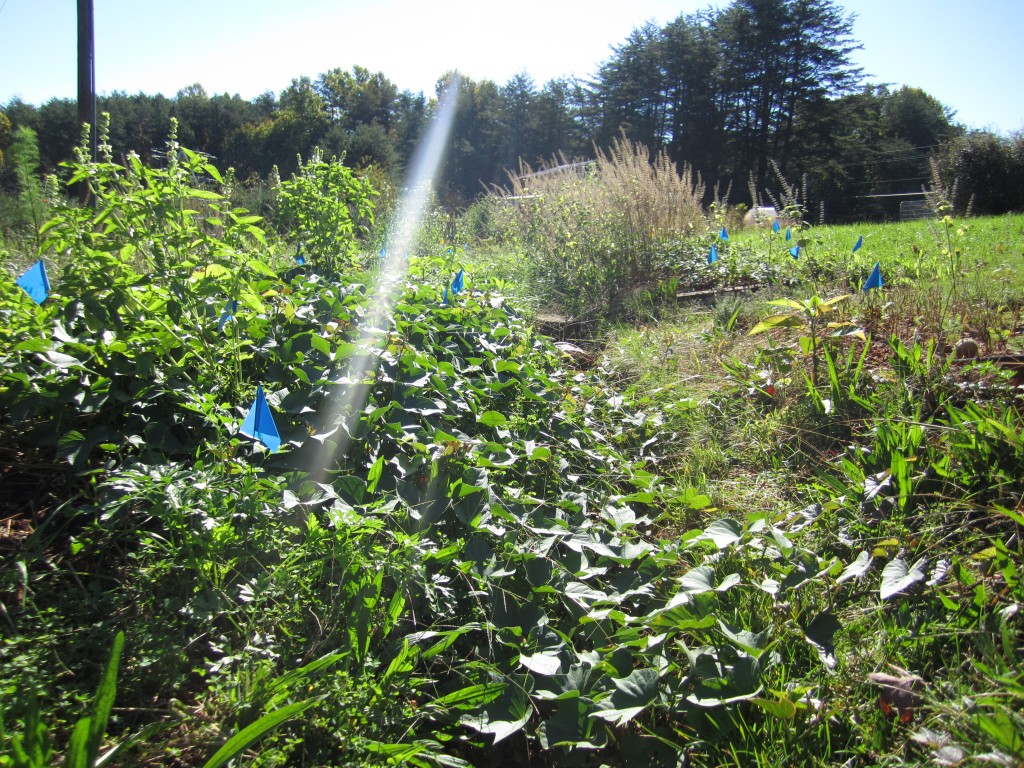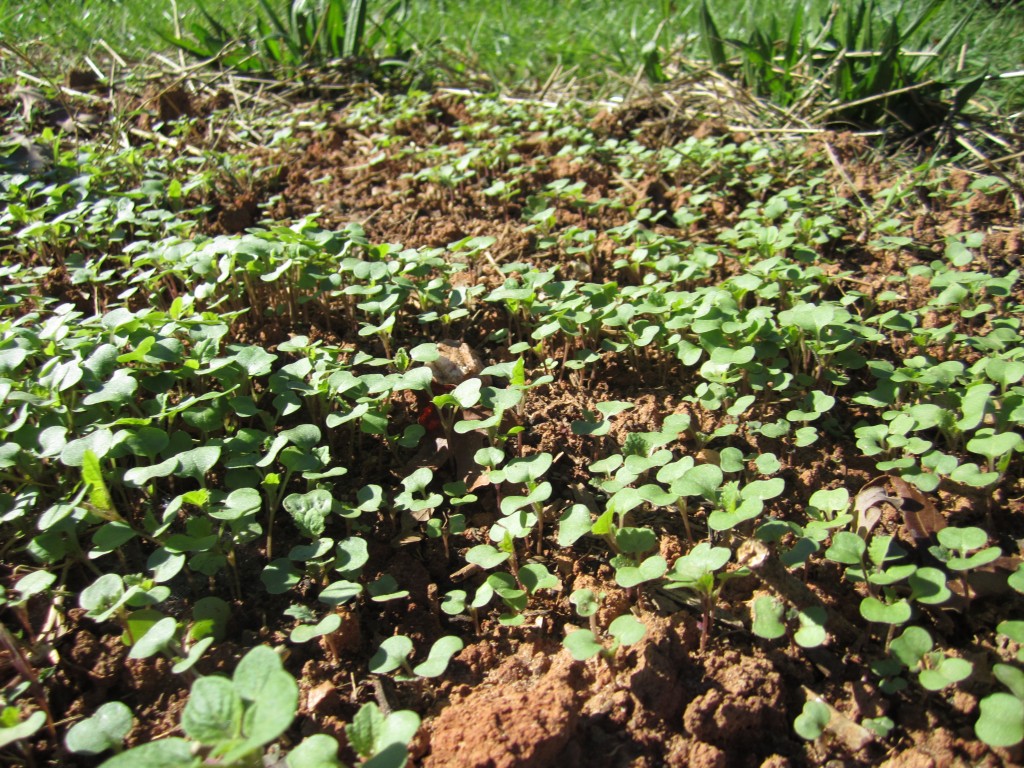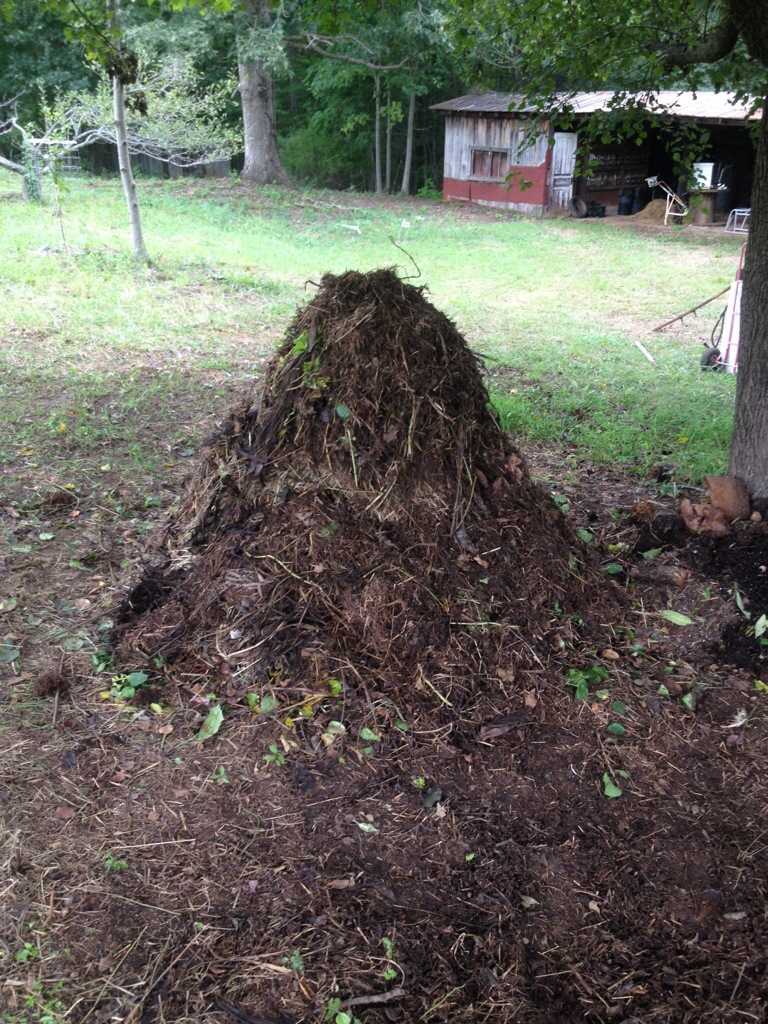Last year we grew 9 different varieties of Irish Potatoes in our garden. We also grew sunchokes and sweet potatoes, and while there’s nothing quite like a fried potato, this year we decided to focus less on Irish potatoes, and more on other tuber crops.
Still, we figured we would try a low risk garden experiment this season by planting our seed potatoes in raised straw beds. Some advantages to this approach are that as the potatoes grow, instead of hilling them up with soil, we simply add more and more straw to cover the stems and encourage more tuber development. Because the potatoes grow in straw instead of soil, harvesting is easier and the tubers come out cleaner.
Last fall, after our homestead wedding, where we used straw bales benches, we strategically stacked the leftover bales in our garden area along the same contour layout of our raised beds. The thought was to simultaneously kill off the weeds and grasses underneath the bales and prepare the soil for new beds while conditioning the bales for planting.
We ended up going in a different direction though when spring came around, deciding to instead raise potatoes above the ground, and constantly add layers of straw to the growing stems.
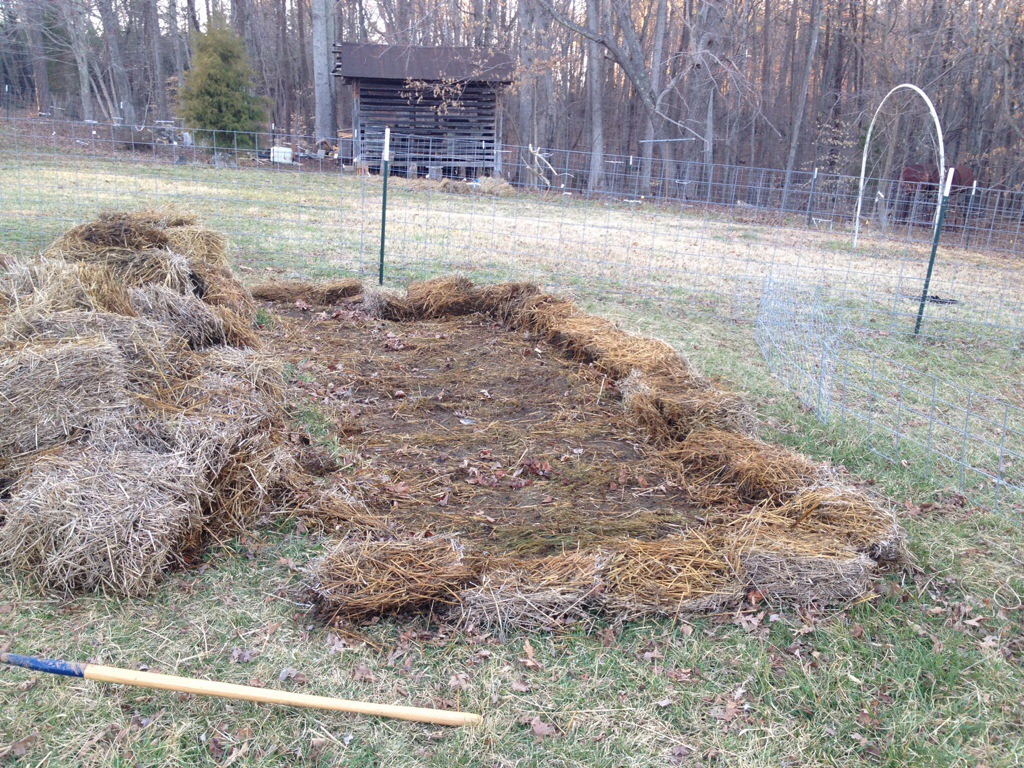
well muclhed and weed free
First, I had to move the strawbales into a big pile next to the planting area. This exposed the nicely prepared and weed free “bed”. Hopefully this new pile will smother any weeds under it and allow us to expand this experiment in a few weeks. I then added a sprinkling of organic fertilizers and compost. I used a mixture of bone, blood, alfalfa, kelp and greensand, and then covered it with a nice layer of decomposing straw.
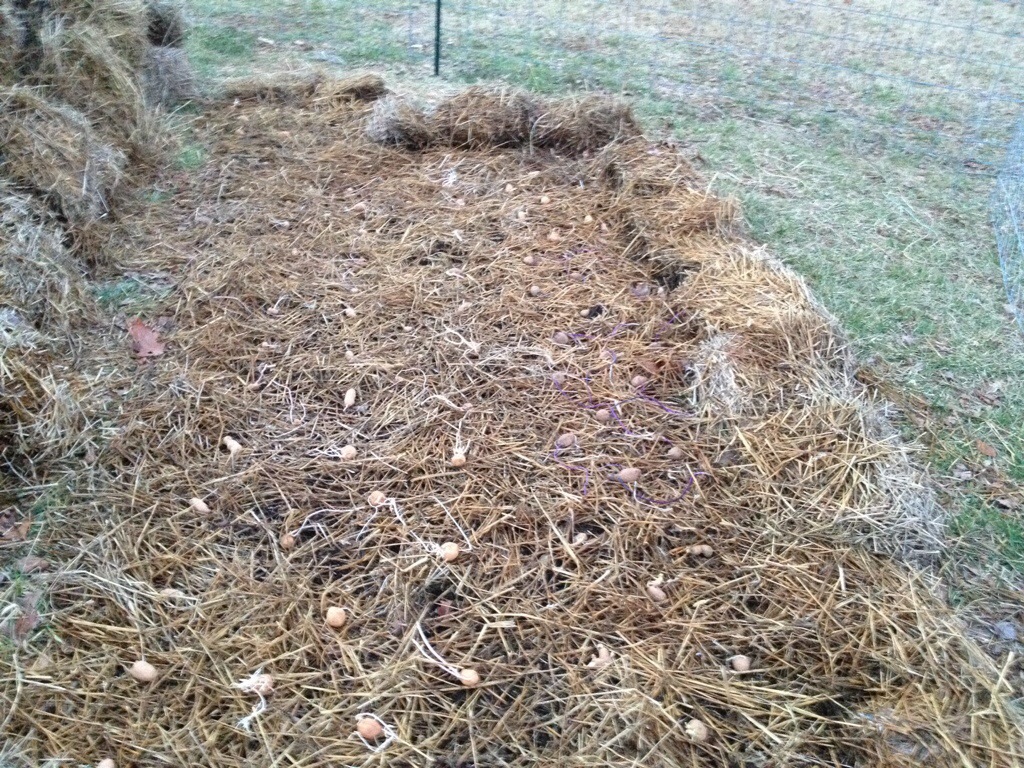
Densely planted for high yields of tasty potatoes!
This is when I added the seed potatoes. I laid them out in multiple staggered rows, about 1 foot apart. I then went through and liberally gave each seed potato a handful of compost, and another pinch of fertilizer.
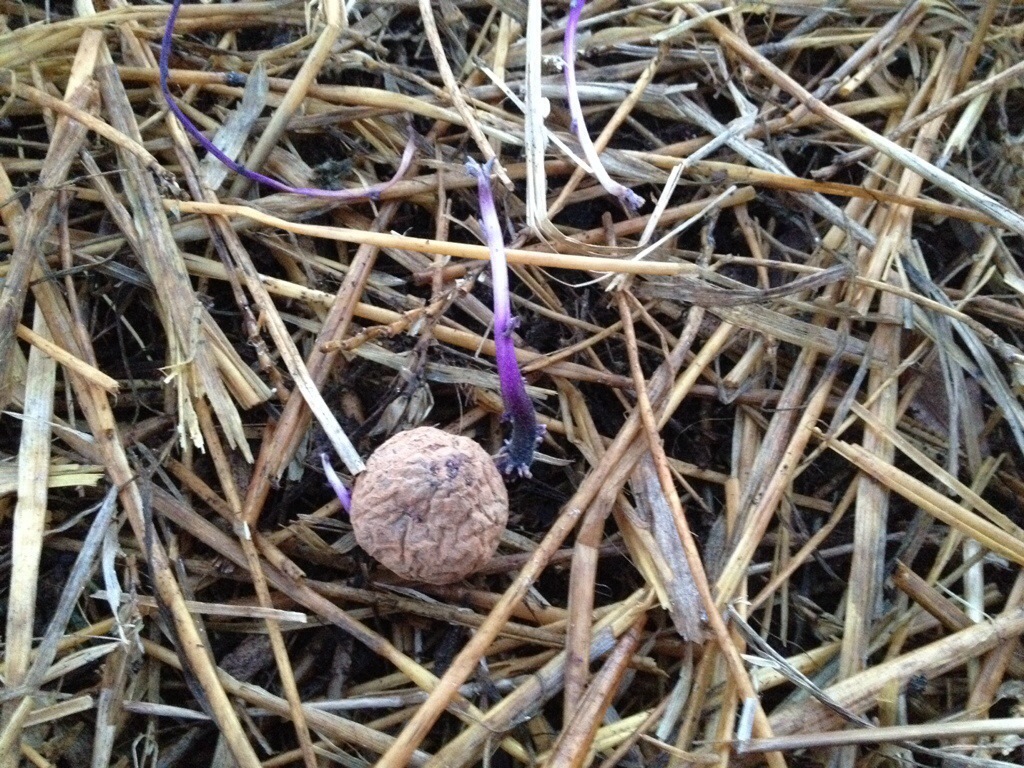
purple majesty seed potato
On top of this went a big layer of straw, probably 4-6 inches high, and then another light dusting of compost of fertilizer.
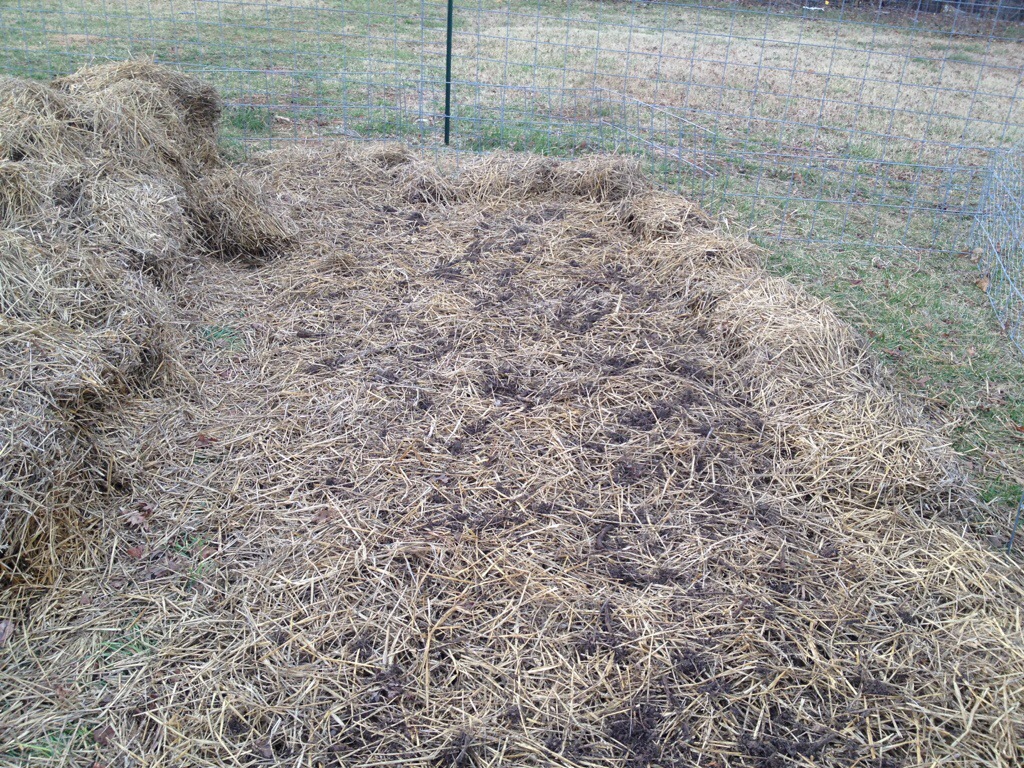
the compost and organic fertilizer should help break down the straw into humus and keep our potatoes healthy
I am fertilizing this patch heavier than I would normally because the straw is high in carbon, and will require some extra nitrogen to fully breakdown. The end result should be a beautifully composted soil, and a nice harvest of potatoes as a bonus.
This kind of planting will need a little extra attention in the beginning, especially during dry spells, because the upper layers of straw have a tendency to dry out. Once the straw is 18 or so inches high I don’t think it will be problem anymore. If the potatoes seem to do okay, we may just try some sweet potatoes this way as well. I can’t believe that it’s almost time to start sweet potatoes slips again!
